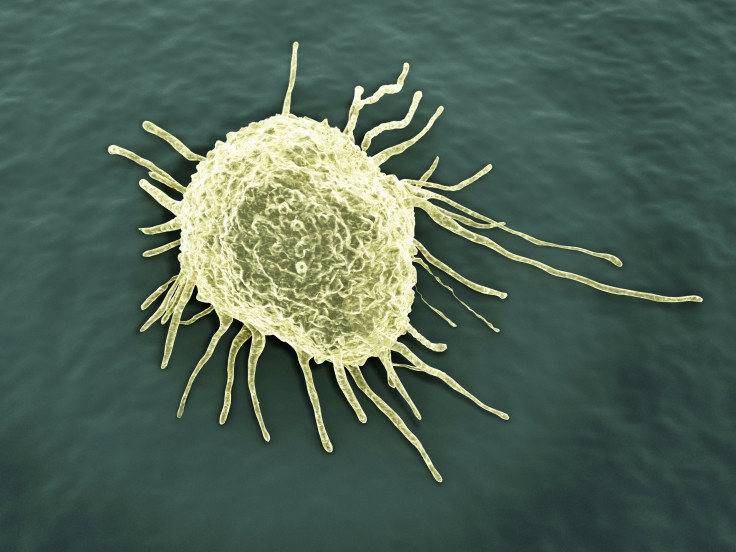How Breast Cancer Becomes Brain Cancer: 'Chameleon' Tactic Allows Cells To Spread To Brain

Despite the detection and treatment of breast cancer that can lead to years of remission, breast cancer cells often still find a way of escaping into the brain to eventually grow new tumors. Looking into why the brain is increasingly becoming the first site of recurrence after the treatment of advanced breast cancer — despite other areas of the body being in remission — a team of researchers found that breast cancer cells are like chameleons by taking on brain characteristics to survive.
“The most dreaded location for cancer to spread is the brain,” lead study author, Rahul Jandial, a City of Hope neurosurgeon, said in a press release. “As we have become better at keeping cancer at bay with drugs such as Herceptin, women are fortunately living longer. In this hard-fought life extension, brain metastases are being unmasked as the next battleground for extending the lives of women with breast cancer.”
Hiding In Plain Sight
Breast cancer cells must run a gauntlet if they are to make it to the brain. One of the biggest obstacles is the blood brain barrier, which is a tight barricade of cells that separates the brain from the circulatory system. Jandial and his colleagues wanted to know how breast cancer cells managed to slip through and go undetected by the immune system. “If, by chance, a malignant breast cancer cell swimming in the bloodstream crossed into the brain, how would it survive in a completely new, foreign habitat?” Jandial asked.
In their Proceedings of the National Academy of Sciences study, the authors expressed their suspicion that breast cancer cells were hiding in plain sight by using the same chemicals and proteins that other cells use to survive in the rich environment of the brain. Their hunch proved to be correct when they found that samples of a brain tumor that originated from breast cancer relied on the brain’s most plentiful neurotransmitter — a chemical messenger called GABA — for fuel. Somehow, the authors reported, these metastasized tumors managed to equip themselves with a receptor for GABA as well as a protein that sucked the transmitter into the cell, which essentially made it “masquerade as neurons,” Jandial explained.
Unruly Enemy With Sobering Stats
Now that Jandial and colleagues caught on to this tumor’s evasive strategy, they hope that the finding will open doors into new therapeutic approaches. This is all the more pertinent when metastasis accounts for 90 percent of all cancer deaths, with brain metastasis patients having just a 20 percent chance of surviving for one year, according to the study. Brain metastasis occurs with approximately 40 percent of breast cancer patients who have a certain type of tumor while treatment options are only limited to radiotherapy and neurological surgery, “underscoring the need for research into the biology of these clinically recalcitrant tumors,” the authors wrote.
The authors mentioned previous studies that have assessed the unruly nature of breast cancer cells. They pointed out that these types of cancers have a special knack for modifying their genetic machinery to produce “clones with additional survival gains” that allow them to thrive in other sites, such as the brain. They also noted that some metastatic cells can even modify their immediate environment in the brain so that they can make themselves feel at home so that they can grow.
Source: Nerman J, Termini J, Wilczynski S et al. Human breast cancer metastases to the brain display GABAergic properties in the neural niche. Proc Natl Acad Sci. 2014.



























